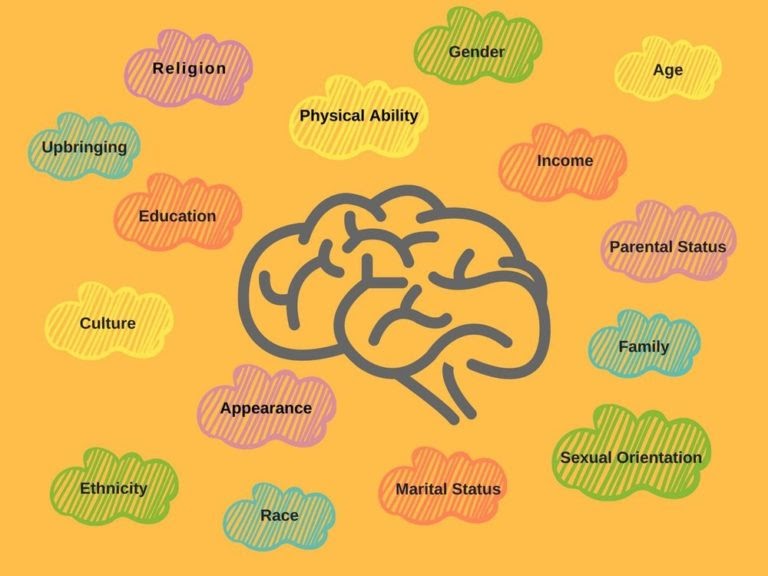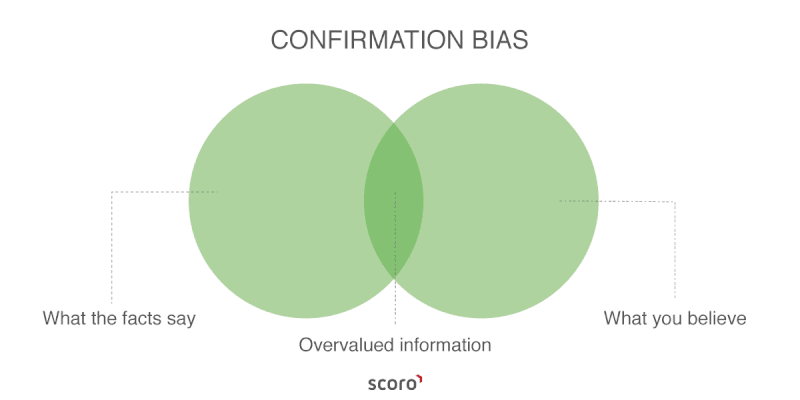- Audiences are seeking unbiased news; news sources are failing to meet this need.
- Implicit bias makes it challenging for reporters to reduce judgment, and confirmation bias allows audiences to filter for information that already exists in their worldview.
- To get the closest to the truth, we must read sources that both align with and oppose our beliefs.
Public distrust in the media has risen exponentially in the last few years. Every story seems politically contentious, none more so than the Senate impeachment trial, and we as readers struggle to know what to trust. Take for example two headlines published a few minutes after the trial ended: “‘Walls Are Closing In’ on the Democrats” and “Sham acquittal will come back to bite GOP.” Can you guess which headline came from The Hill and which was published by American Greatness?

Part I: Psychology
All writers have biases
All news, at least for now, is written by human reporters. And all humans have some inherent bias. We are a product of our past experiences, which forms a worldview that is uniquely our own. These deeply-rooted beliefs often subconsciously leave traces on everything we touch, including our writing. When these experiences sway our judgment, we are engaging in a phenomenon called implicit bias.
Take, for example, a journalist writing on a new government tax program designed to spur economic growth. If they grew up in a household with entrepreneurs, they may be more likely to empathize with business owners’ needs. If they grew up in a household where their parents worked in manufacturing for a long time, they may appreciate a union’s viewpoint implicitly. Most reporters try their best to remain objective and put aside their backgrounds, but their experiences greatly shape how they pursue certain stories.

Multiple factors that form our implicit biases, including those listed here from Ensemble Learning.
All readers have biases
Readers, like writers, are a product of their background and therefore hold biases. And in a Twitter and Instagram era, we’ve all become curators of information.
We are constantly filtering out data that does not make sense to us or does not exist in our worldview. If we didn’t rely on confirmation bias — where we pick out those bits of data that make us feel good because they confirm our perspectives — we’d be overwhelmed by the sheer amount of stuff out there that does not conform to our beliefs.

This chart from Scoro models how confirmation bias emphasizes information we agree with.
This means that our version of the world is not frequently challenged. While comforting, limiting exposure to contrasting views is exactly how I found myself, on November 8, 2016, staring at a TV screen confused at a race I thought was already won.
Part II: Economics
While the cost of producing news content has been relatively unchanged, the cost of distributing news has dramatically fallen due to the internet. This has given rise to thousands of news outlets built on a relatively modest funding base by historical media standards.
The upside of this greater choice of outlets is that voices which normally wouldn’t get airtime now paint a greater complexity to every story.
The downside, however, is every news outlet is forced to narrow its focus to stand out in this crowded news space. And when most revenue is advertising-based, stories are selected based on what gets most clicks. This tends to be content that is dramatized, counterintuitive, or rage-inducing; in other words, “clickbait” news. Is it any surprise that news outlets are more polarized than before?
Please check your email for instructions to ensure that the newsletter arrives in your inbox tomorrow.
How do we find the truth?
If people are left to reason on their own, the vast majority of the time they will stick to their biased positions. Researchers found that only when disparate individuals were placed in a group with a common incentive were they able to get the closest to the truth.
In our media climate, this means that we should be engaging with news that is published from across the political spectrum, regardless of how uncomfortable or unappealing it may be. While we may not change our minds, we will at least be able to discuss issues with people who have different opinions. These discussions spark understanding, creating the platform on which democracy can progress. Here are four tips to find the truth in news.
Practical steps to finding the truth in news
- Save time for what really matters. Narrow down your news exposure to the most widely reported topics of the day so you know what matters and are able to jump into any conversation without feeling lost or overwhelmed.
- Read only the most credible authors and sources. Consider whether or not the author has written extensively on this topic before, and whether the source itself has a reputation for credibility.
- Choose articles that cite a range of sources. Choose to read articles that have a diverse set of sources represented, building a conglomerate view of an issue, including dissenting viewpoints. This means you’re getting snippets from other perspectives without reading separate articles.
- Check for tone. The most credible articles rely on facts and seek to inform rather than to sway. If you notice an article including charged vocabulary or featuring emotive images look for other viewpoints to ensure you’re getting the complete story.
Amid our busy lives, the above steps are often too time consuming. The Factual created an algorithm to complete these four steps automatically, analyzing more than 10,000 news articles published each day to bring you the most credible stories on the biggest news topics via a simple, free, email newsletter.
Please check your email for instructions to ensure that the newsletter arrives in your inbox tomorrow.
Conclusion
Finding the truth often falls in the hands of readers, but there are resources and tips to reduce the amount of effort this takes. We need to acknowledge our biases and know that only through challenging our views are we able to see more objectively. Doing so will allow us to engage in the hard discussions that build stronger communities and countries. This is why we read the news in the first place.
Cover image is from All In: Data for Community Health.

